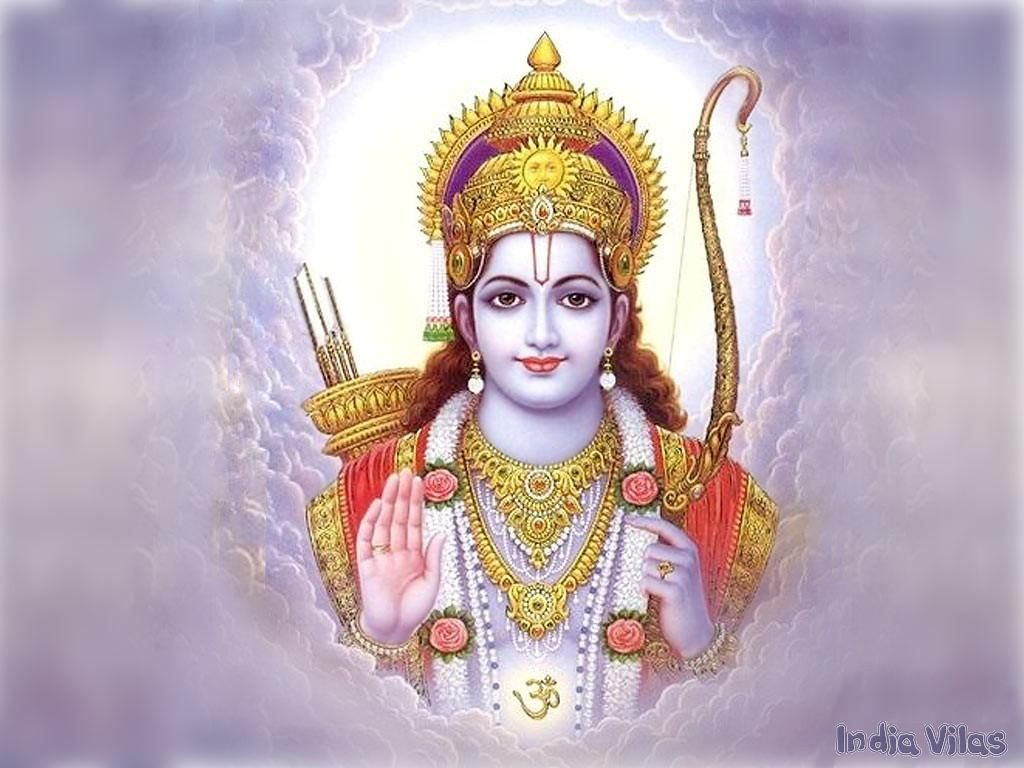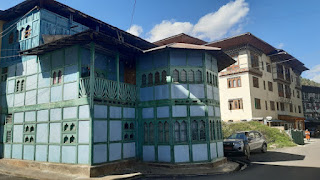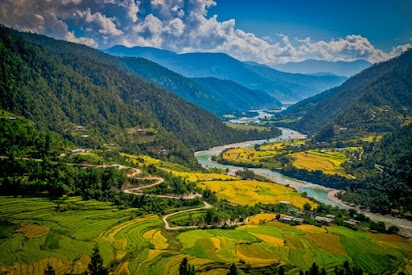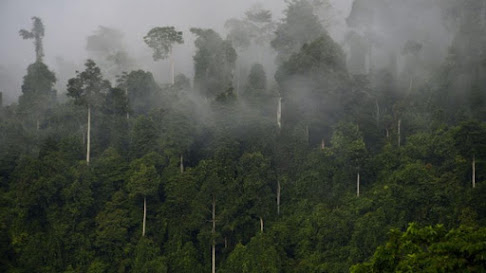Kodokan Judo Institute (KJI) President, Haruki Uemura is the World Promotion Director of the International Judo Federation (IJF). He has been in charge of the Japanese Judo National Team for 24 years. He won the “All Japan Championship” in 1973 and 1975 followed by a gold medal for Japan in the Open Category at the 1976 Summer Olympics in Montreal defeating Great Britain’s Keith Remfry.
Haruki Uemura talks to Kuensel reporter YK Poudel about judo. Excerpts.
How did you become a judoka?
As a child, I was overweight lacking power and speed in any physical activities. Troubled by this, my father suggested starting judo after consulting with my teacher.
In high school, I met a teacher who introduced me to the real judo: a visually impaired sensei who taught me the art of ‘sound’ in judo.
My sensei said, “Sound cannot lie. The sound of throwing, the sound of footwork, and the sound of Uchikomi (repeated training).”
Following his instructions during practice, I completed each step, a Uchikomi of 500 times every day.
My first tournament was at Meiji University where I was defeated in my first match itself. Disappointed with the outcome, I planned to stop my Judo career, but that’s when Kaminaga Sensei, a renowned figure in Japan advised: “If you do, as well as others, you will only be as good as others. If you don’t have the talent and expect to perform better, you need to work double what others do.”
Then I promised myself not to compromise on my training, and to practise 20 minutes more than others every day.
After my graduation, I chose to work for a company located in Nobeoka, far from Tokyo and Osaka, that lacked training partners, and conditions of training which was not a well-established place for judokas.
I was introduced to the book “Reversible Thinking”. The book gave me hints and new awareness – a chance to think deeply about my judo – the challenges that I must overcome. Gradually, I became a regular player and was able to reach All-Japan Championship.
These practices and determination became my weapon to convert my weaknesses into strengths and perform better.
What brought you to Bhutan?
This is my first official visit to Bhutan. The visit is aimed towards acknowledging the growth of judo in Bhutan which is a sport of mind and concentration where Bhutanese can bring great achievements.
The first edition of the “Jita Kyoei Judo Cup” was held in Thimphu on March 26. The tournament indicates the significance of co-existing in harmony and cooperation with others. This great principle of harmony and cooperation is the concept of jita-kyoei or mutual prosperity for self and others. “Jita Kyoei” is a Japanese phrase that means mutual welfare and benefit.
PC: BJA
The visit is aimed at promoting the values of the sport throughout the world. Our mandate is to bring good senseis to all countries across the world as the teacher is important for every sport.
Moreover, the KJI provided Bhutan Judo Association (BJA) with a medal as recognition for enhancing the spirit of fair judo and dedication over the years.
What are the recommendations for Bhutan Judo Association?
Bhutan started judo in 2011 and became a member of IJF in 2016. In these seven years, BJA is growing at a rapid stage with great achievements over the years. Recently, a Bhutanese Judoka in Japan took part in Tokyo Olympics, which is a great sign in major international tournaments.
For any accomplishment, strong basics are a must. Bhutanese judokas are keen and fast learners. We expect them to plan, research the trend of performance over the years, and identify the areas where they have advantages. The players should focus and train on those particular techniques to stand out in the tournaments.
To all the young judokas in Bhutan, we want them to understand the importance of: persistence; doing every ordinary session seriously and doing it well; and doing everything with a motive to improve.
What is the significance of “Reversible Thinking” beyond daily training?
The process of developing martial arts training in Japanese term is called “Shu, Ha, Ri”.
“Shu” is the first stage, where you learn the basics. “Ha” is the stage where judokas train with a variety of people and gain experience in forms and techniques. “Ri”, is the last stage where one brings in individual skills to shine out in tournaments.
Each technique has a proper sequence. They must fully understand each technique’s sequence. Especially for kata, the movement is slow making it necessary to keep the balance in the correct position.
In Bhutan, young school-going girls are also members of BJA, which is good. Seeing them perform equivalent to boys gives a sense of the gender equality and opportunities Bhutan has in the future.
According to teachings from Jigoro Kano, who founded judo in 1882, there are four methods of learning: kata, randori, kogi, and mondo. Kata is the basics and applying fundamental principles. These basic principles are critical for randori, the second step. Through kogi there is knowledge and with mondo there is understanding and analysis.
Judo has no final goal. It remains continuous no matter how long we are involved in the sport and no matter the role or level we have reached.





























